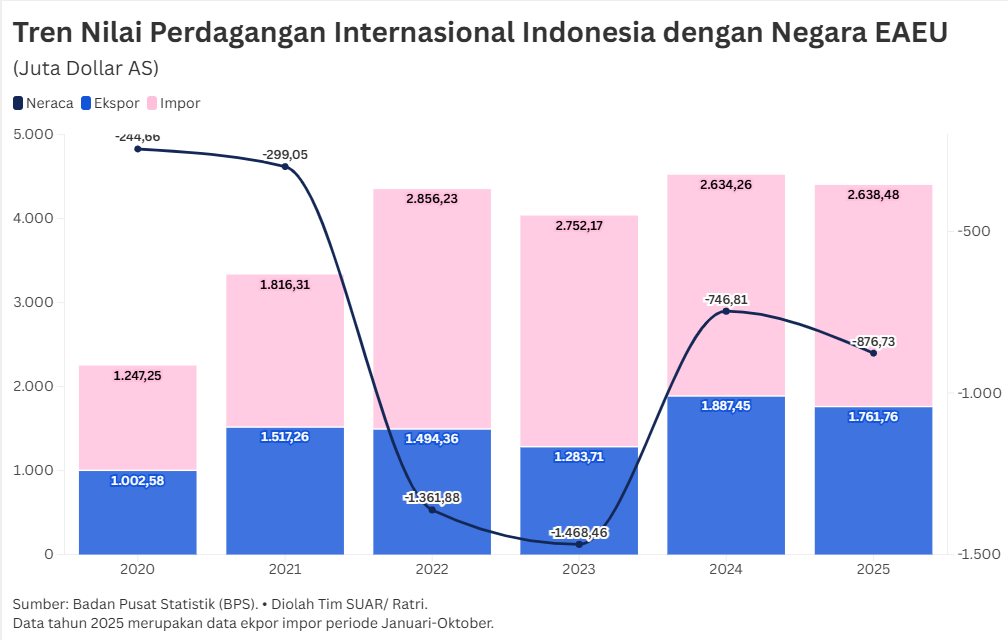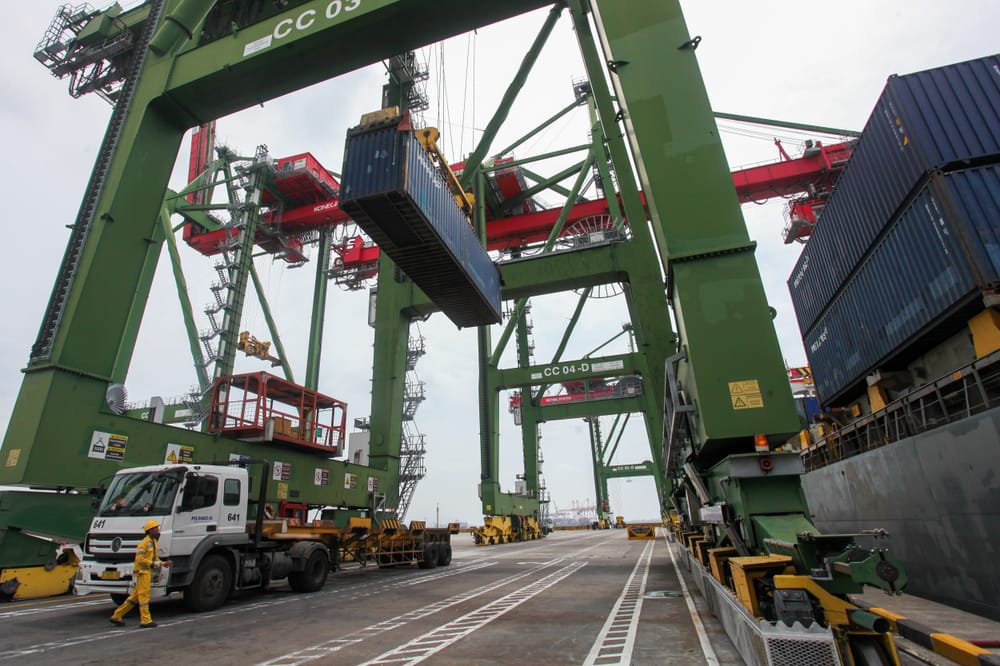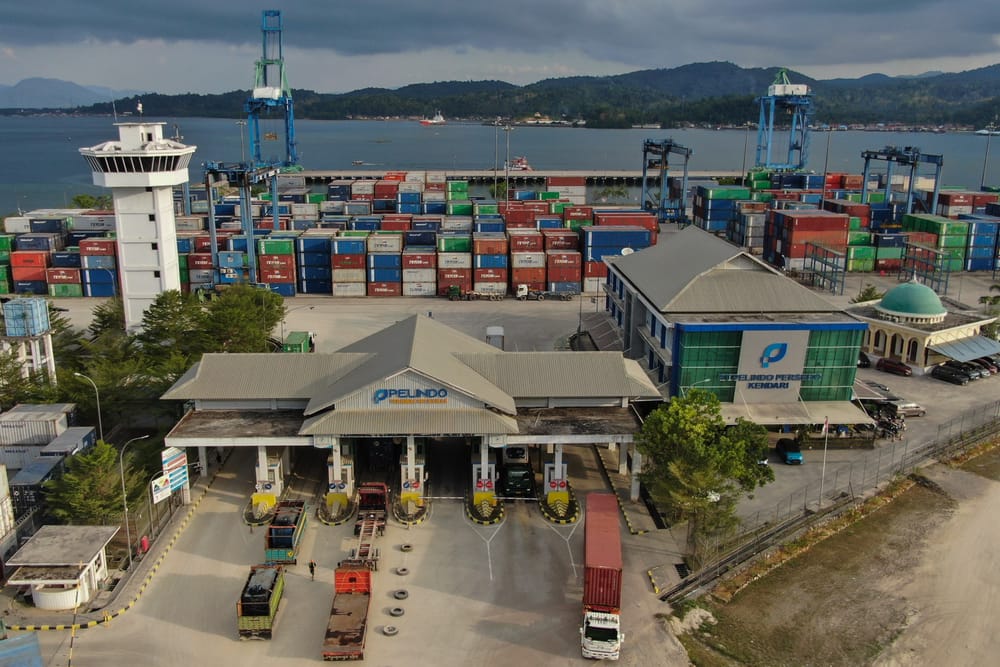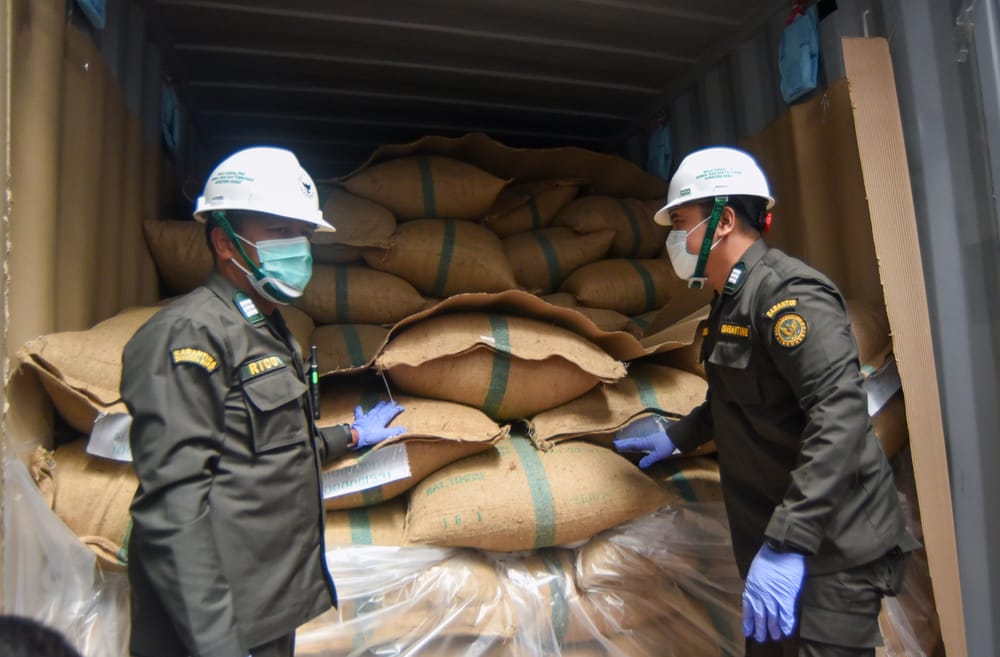The implementation of high import tariffs, which the United States began imposing at 19 percent since the beginning of August, has impacted the decline in exports to America in August 2025.
The Central Statistics Agency (BPS) on Wednesday (10/1/2025) released data that the value of exports to the Land of Uncle Sam only reached USD 2.72 billion, or shrank by about 12.39% compared to the previous month.
Meanwhile, China is still recorded as Indonesia's destination country for non-oil and gas exports in January-August 2025, followed by the United States in second position and India in third.
The export value of these three countries provides a share of 41.2 percent of total exports, according to the BPS report.
Deputy for Production Statistics at BPS, M Habibullah, explained that the value of non-oil and gas exports to China reached USD 40.44 billion, or about 22.97% of total national exports.
"The value of non-oil and gas exports to China was recorded at USD 40.44 billion," said Habibullah in a press conference in Jakarta, Wednesday (1/10/2025).
He explained that most of Indonesia's non-oil and gas exports to China are still dominated by iron and steel products with a value of USD 11.77 billion. After that, there are mineral fuel commodities which contributed around USD 5.91 billion, as well as nickel and its derivatives which were recorded at USD 4.59 billion US dollars.
This condition occurred amidst the achievement of a trade balance surplus for 64 consecutive months since May 2020.
BPS data shows that the value of Indonesia's exports in August 2025 reached USD 24.96 billion, up 5.78% compared to August 2024. Throughout January to August 2025, Indonesia's trade balance recorded a surplus of US$29.14 billion, up US$10.13 billion annually.
Meanwhile, the total export value reached US$185.13 billion, up 7.72% compared to the same period the previous year.
However, Indonesia's trade balance still recorded a deficit with a number of major trading partners. The three countries that contributed the most to the deficit were China with a value of USD 13.09 billion, followed by Singapore at USD 3.55 billion, and Australia at USD 3.49 billion.
The American government imposed a universal basic tariff of 10% for all countries, then added a higher reciprocal tariff for certain countries. Indonesia is subject to a 19% tariff, while other countries such as Vietnam are subject to up to 46% and China faces additional sectoral tariffs.
Reciprocal tariff
Economic Researcher at the Centre for Strategic and International Studies (CSIS), Deni Friawan, assesses that the monthly decline in exports to America is most likely influenced by reciprocal tariffs and tightening import regulations in the United States (US).
"For example, the FDA once rejected Indonesian shrimp products due to Cesium-137 contamination," said Deni.
He also mentioned the weakening of American consumer demand due to inflation and high interest rates as well as spending patterns ahead of the holiday season as additional factors.
Deni emphasized that on the other hand, Indonesian exports show resilience amidst global pressure.
"The increase in exports in August shows the resilience of the export sector amidst the pressure of declining global growth," he said.
According to him, this performance was driven by non-oil and gas exports, especially animal and vegetable fats and oils including palm oil, as well as nickel and its derivative products.
He explained that BPS data shows an increase in exports to several other countries such as exports to China in August which rose 16.03% to US$5.98 billion, to Malaysia rose 7.80% to US$1.05 billion, and to Australia rose 13.87% to US$0.36 billion. Exports to South Korea also increased 5.12% and to Italy 8.14%.
"This increase has helped offset the decline in exports to America," he said.
According to Deni, the recovery of industry in China, especially the manufacturing and construction sectors, is driving demand for raw materials such as nickel, palm oil, and coal.
For Malaysia, the increase occurred because of the country's role as a hub for Indonesian intermediate products, especially CPO and its derivatives. As for the European Union, the increase in exports is related to diversification efforts from the decline in exports to the US due to new tariffs.
BPS data recorded that throughout January to August 2025, exports to the ASEAN region reached US$34.19 billion, or an increase of 17.36% year-on-year. Exports to the European Union in the same period also increased by 11.81% to US$12.76 billion.
Deni emphasized that despite the increase in exports to various countries, the American market should not be ignored.
"In terms of stability and margin, the American market remains important," he said. At the same time, maximizing trade relations with other countries must continue to be intensified.
Deni believes that market diversification is not only a matter of the size of export value, but also an effort to maintain product quality and nurture trade relations.
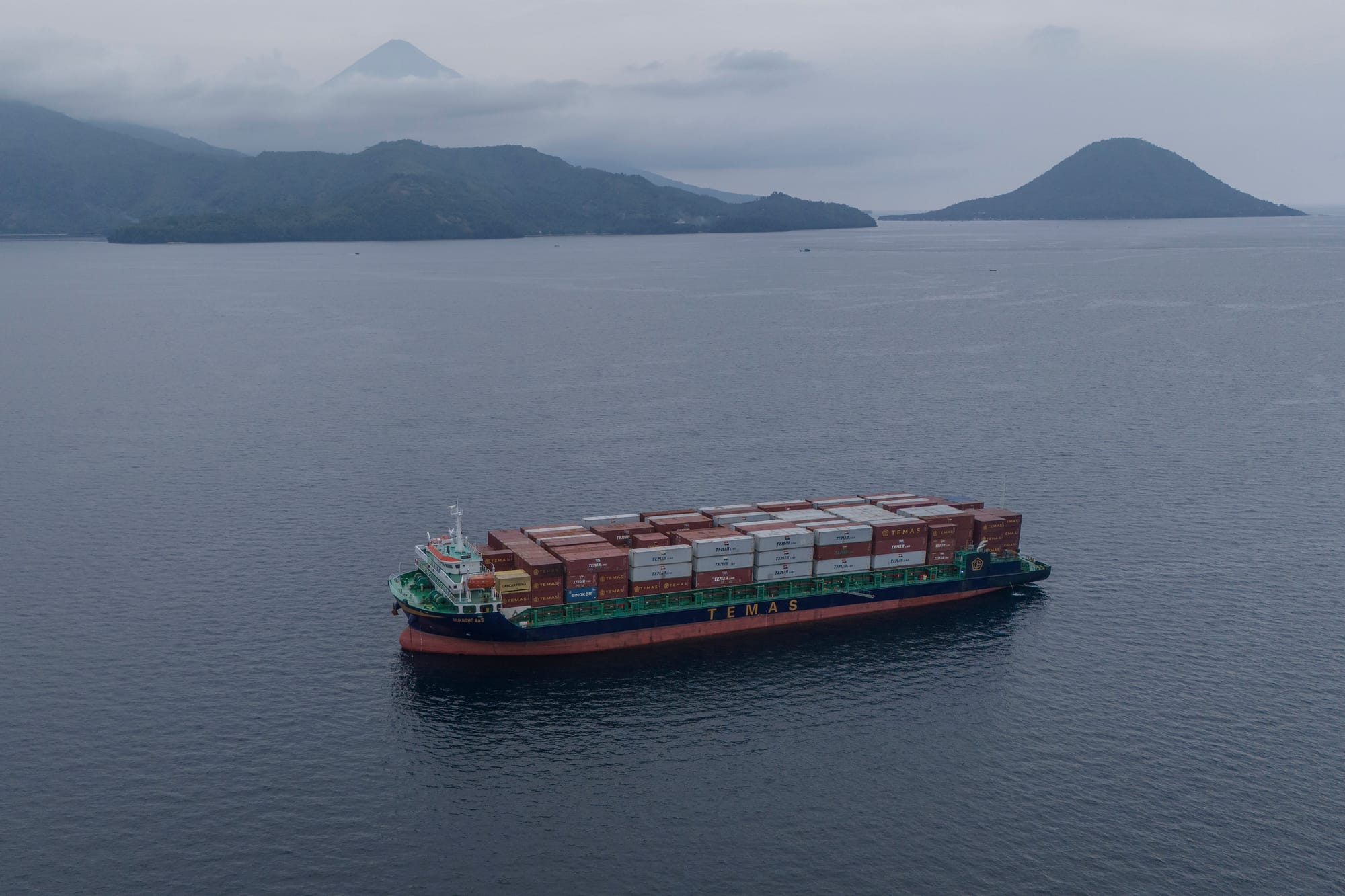
Not Dominant
The Chairman of the Indonesian Export Entrepreneurs Association (GPEI), Benny Soetrisno, believes that exports to America are indeed not dominant in proportion.
"Our exports to America are no more than 10%, there is still 90% outside of America," he said.
According to him, the decline in exports to America due to the 19% tariff is causing importers there to retest whether Indonesian products remain competitive compared to other countries.
Benny explained that US importers do not immediately abandon Indonesian products because they are worried about losing the market. However, they are reducing the volume first while looking at the impact of the tariff.
"If he leaves the market, of course it will be difficult for him to re-enter the market. He still has to be there, but the volume is reduced first," he said.
In agreement with Deni, Benny believes that the Chinese, Malaysian, and European Union markets are becoming increasingly promising. According to him, export opportunities specifically to the European Union are wide open with the planned elimination of tariffs in 2027.
"The majority of our HS will be made zero to there. This will be like the first promo," he said.
From the sectoral side, Benny emphasized that manufacturing products are the most potential as drivers of exports outside of America.
"The manufacturing sector, of course, because raw commodity prices always have world price benchmarks. What doesn't have an exchange is manufactured goods," he said.
According to him, manufacturing products have greater added value and can contribute significantly to job creation.
He added that the main challenge for exporters today is access to new market information and bureaucracy. Benny mentioned that many HS code are already covered in free trade agreements but have not been optimally utilized.
According to him, Trump's Tariff policy is an urge for Indonesian exporters to seek opportunities more creatively in other countries' markets. Benny reminded that this delay will have an impact on the imposition of fines and a decrease in the trust of international buyers.
At this point, Benny assesses the importance of facilitating the import of raw materials and auxiliary materials for products to be exported. "If the raw materials arrive late, yes, nguber-nguber for the commitment delivery is also late," he said.



